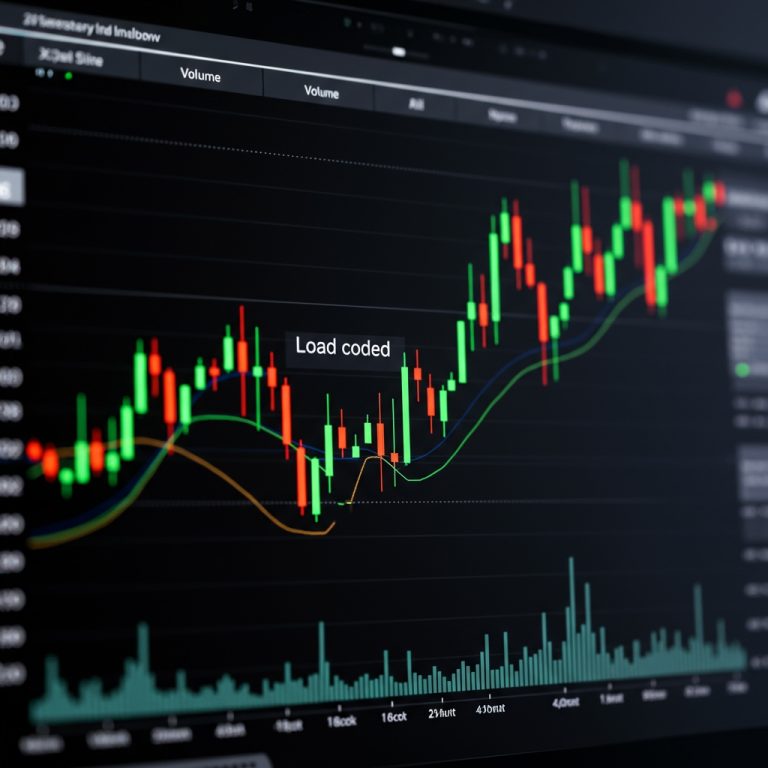Understanding the Cryptocurrency Bubble: A Friendly Guide
Understanding the cryptocurrency bubble ? here’s a friendly guide, Cryptocurrencies have stormed the financial world over the past decade, promising decentralization, high returns, and a new era of “money.” But alongside their meteoric rise comes the perennial question: Is crypto in a bubble? In this friendly, SEO-optimized guide, we’ll dive into what a bubble is, explore historic and recent crypto bubble instances, unpack the warning signs, and give you practical takeaways—complete with FAQs and a conclusion you won’t want to miss.
What Is a Financial Bubble?
A financial bubble occurs when the price of an asset inflates rapidly beyond its intrinsic value, driven by speculation, hype, and herd behavior. Eventually, reality catches up—valuations correct sharply, and the bubble “bursts,” leaving latecomers with steep losses.
Key Characteristics of Bubbles
- Exponential Price Run-up: Prices skyrocket in a short time.
- Speculative Mania: Buyers fear missing out (FOMO), driving irrational purchases.
- Disconnect from Fundamentals: Markets ignore underlying value or cash flows.
- Sharp Corrections: Once confidence wanes, prices collapse quickly.
Early Signs of a Cryptocurrency Bubble
Before prices explode, bubbles often give off warning signals. Recognizing these early can help you avoid painful losses.
1. Frenzied Media Coverage
When every headline reads “Bitcoin to $100k!” or “Ethereum: Next Gold?,” you’re likely witnessing hype over substance. In late 2017, major news outlets ran daily stories on Bitcoin’s rally—an early red flag that fueled FOMO.
2. Celebrity Endorsements and Influencer Hype
Celebrities tweeting about Dogecoin in 2021 (e.g., Elon Musk calling it “the people’s crypto”) can send prices soaring without underlying utility—classic bubble behavior.
3. Wild Valuations Relative to Use Case
Projects with minimal adoption or unproven technology reaching billion-dollar market caps (think obscure tokens pumping overnight) often signal speculation disconnected from real-world value.
Historic Crypto Bubble Examples
The 2017 Bitcoin Surge and Bust
- Run-up: Bitcoin rose from around $1,000 in January 2017 to nearly $20,000 by December—an almost 20× increase.
- Burst: Throughout 2018, Bitcoin plunged over 80% to about $3,200 by December 2018.
- Lesson: Excessive hype without mass adoption can’t sustain such sharp price increases.
The 2020–2021 DeFi & NFT Mania
- Decentralized Finance (DeFi): Protocols like Yearn.Finance saw their governance tokens jump thousands of percent within weeks, despite little real-world revenue.
- NFT Craze: Digital art NFTs sold for millions (e.g., Beeple’s “Everydays” selling at Christie’s for $69 million) sparked headlines—but most NFT markets then crashed by over 70% in mid-2022.
- Lesson: Novel, untested concepts often cycle through boom–bust phases as markets try to find real value.
Why Crypto Bubbles Form
1. Easy Access & Low Barriers
Platforms like Coinbase and Binance make buying crypto as easy as a click—opening the floodgates to inexperienced investors.
2. Fear of Missing Out (FOMO)
Success stories of early Bitcoin millionaires drive retail investors to chase the next big rally, often near peak valuations.
3. Leverage and Margin Trading
Borrowing to buy crypto can amplify gains—and losses. In extreme rallies, leveraged positions force liquidations, accelerating both the run-up and the crash.
4. Lack of Regulation
Regulatory uncertainty allows questionable projects to flourish temporarily, inflating token supply without real oversight.
Recognizing the Peak: Bubble Warning Signs
| Warning Sign | What to Watch For |
|---|---|
| Rapid Price Parabolas | Straight-line, near-vertical price charts. |
| “Get Rich Quick” Narratives | Social media buzzing with “$100k Bitcoin by…” posts. |
| Overleveraged Positions | Platforms reporting record high margin usage. |
| Token Supply Dilution | Projects minting new tokens en masse to reward holders. |
Tip: Use charting tools to spot parabolic curves. When a weekly price chart looks like a steep ski jump, proceed with caution.
Surviving and Thriving Beyond the Bubble
- Do Your Own Research (DYOR)
- Investigate a project’s team, use case, tokenomics, and community.
- Example: Before buying a DeFi token, read its whitepaper and check audit reports.
- Diversify Your Portfolio
- Allocate only a small percentage to high-risk tokens; balance with more established assets (e.g., Bitcoin, Ethereum).
- Set Clear Entry and Exit Strategies
- Predefine price targets (e.g., take profits at 2× your entry) and stop-loss levels to lock in gains and limit downside.
- Focus on Long-Term Value
- Projects solving real problems (scalability, privacy, cross-chain interoperability) may endure beyond speculative cycles.
- Stay Emotionally Detached
- Avoid FOMO and panic. Stick to your plan, even if the market feels “hot” or “cold.”
Real-World Examples of Bubble Navigation
- Patient Early Adopter: An investor bought Bitcoin in 2013 at $100, held through the 2017 crash, and saw significant returns in the 2020–2021 bull run.
- Risk-Managed Trader: A DeFi trader took 30% profits during the 2021 DeFi peak and redeployed into blue-chip coins post-correction, ending the year ahead despite the market downturn.
FAQs About Cryptocurrency Bubbles
1. Is Bitcoin in a bubble right now?
Bubble status is debated. While Bitcoin’s price can surge on hype, its growing adoption, institutional interest, and fixed supply set it apart from purely speculative tokens. Always weigh fundamentals over headlines.
2. Can you predict when a crypto bubble will burst?
Precise timing is nearly impossible. Look for warning signs parabolic charts, heavy leverage, and mania and manage risk accordingly.
3. Should beginners avoid all cryptocurrencies to dodge bubbles?
Not necessarily. Beginners can focus on established assets (Bitcoin, Ethereum), invest small amounts, and use dollar-cost averaging to mitigate timing risk.
4. How do I tell genuine innovation from just hype?
Assess a project’s real-world use case: Are people using it? Does it solve an existing problem better than alternatives? Is there transparent development progress?
5. What happens to projects after a bubble bursts?
Many speculative tokens vanish or lose 90%+ of value. However, solid projects with strong communities often rebound and continue development—consider Ethereum, which weathered multiple corrections since its 2015 launch.
Conclusion
Cryptocurrency bubbles are as recurrent as they are dramatic. By understanding the anatomy of a bubble, recognizing warning signs, and applying disciplined investment strategies, you can navigate the volatile crypto seas with greater confidence. Remember: no asset skyrockets indefinitely, but the genuine innovations in blockchain technology aren’t likely to disappear overnight. Stay curious, stay cautious, and let fundamentals—not hype—guide your crypto journey.
Happy investing, and may your portfolio survive and even thrive beyond the next bubble!











